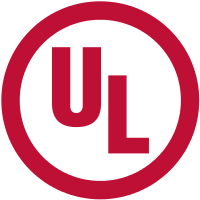CARB Testing of Formaldehyde Emissions for Composite Wood Products
The ASTM D6007 (small chamber) and ASTM E1333 (large chamber) test methods are used by the composite wood products industry to measure emissions of formaldehyde from plywood, particle board and medium-density fiberboard (MDF), commonly known as CARB testing. Testing is conducted in environmental chambers operated at defined product loading, temperature and relative humidity. Manufacturers of finished products that contain composite wood materials can have testing conducted on raw materials or even on finished products. Test results can be used to identify potential concerns related to California Air Resources Board (CARB) regulations. Definition Formaldehyde is widely used in pressed wood products such as particle board, plywood, fiberboard, glues, adhesives, which are found in flooring, furniture and other building materials. Formaldehyde has been shown to present short- and long-term health risks. As a result, agencies and programs, including the U.S. Department of Housing and Urban Development (HUD), CARB, the European Union, LEED and other green building programs, reference the ASTM D6007 and ASTM E1333 test methods for measuring formaldehyde emissions and determining compliance. Benefits The CARB Airborne Toxic Control Measure (ATCM) 93120 regulation is designed to reduce formaldehyde emissions and exposure in hardwood plywood, particle board and MDF. Products that contain these materials are required to keep records indicating that they use only third-party certified boards in their finished products. However, many manufacturers go beyond the record-keeping requirements and have their raw materials or finished products tested. Manufacturers of products such as flooring and furniture can gain insight into their supply chain by testing to ASTM D6007 and ASTM E1333 with UL laboratories around the world. A trusted resource for product emissions, UL has evaluated over 70,000 products for chemical emissions. Our familiarity with both national and international emissions testing standards, green building codes and rating systems enables UL to partner with manufacturers to conduct product emissions testing in ways that maximize efficiency and cost effectiveness.Visit the UL International (UK) Ltd website for more information on CARB Testing of Formaldehyde Emissions for Composite Wood Products






